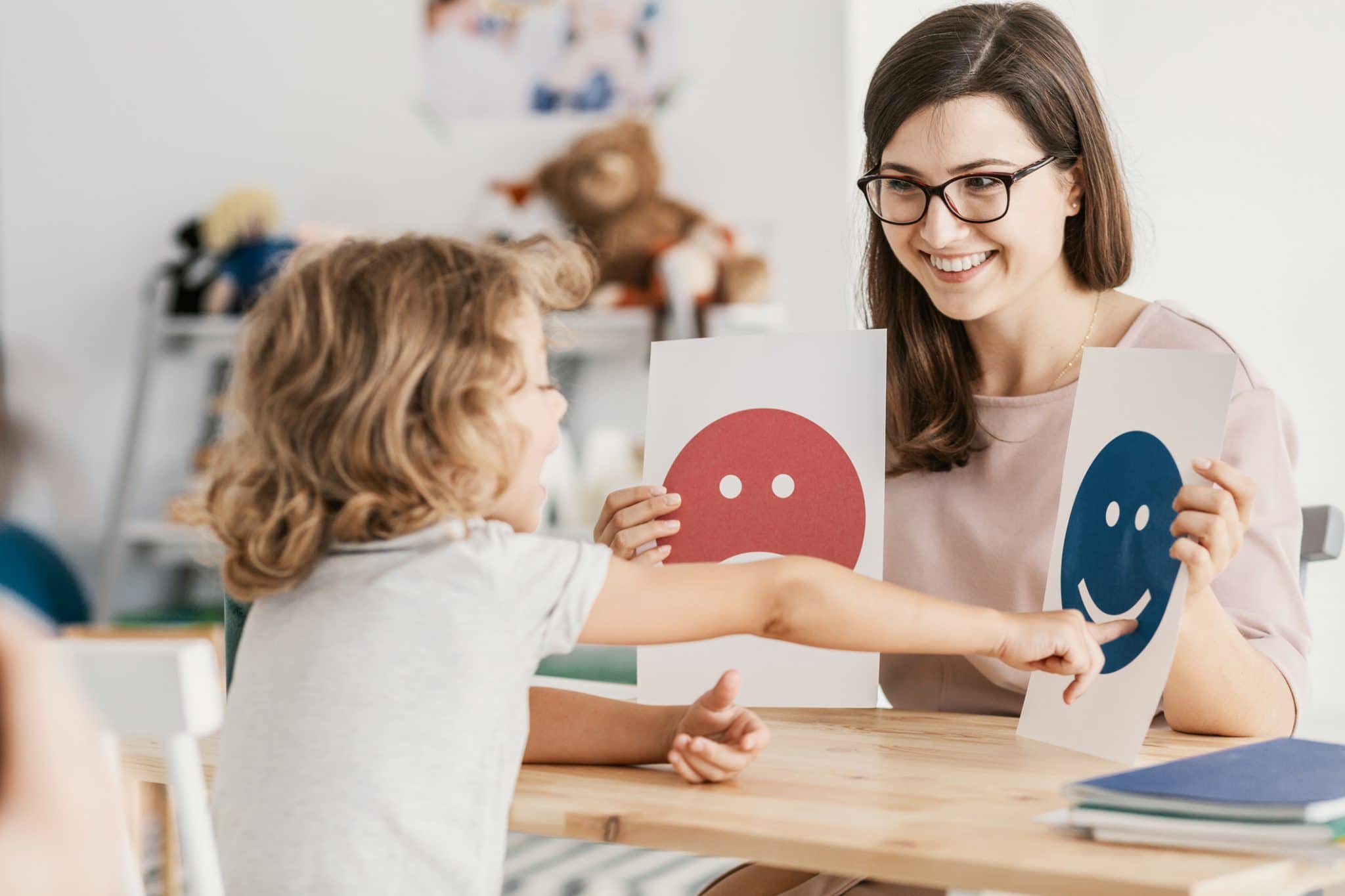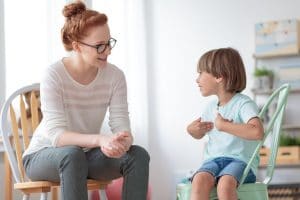Building and Supporting Teacher-Student Relationships

Reflecting on Relationships
Teachers are a student’s primary school resource—their repeated, warm and supportive exchanges build a relationship that provides the emotional security a student needs to fully engage in school.
We have heard so many teachers say that they cannot wait to safely get back into classrooms and for the day to come when they can give their students a huge, in-person smile, pat on the back, or a needed hug.
Children and teachers are struggling more this year to form strong connections with each other and while some children are well-connected to their teachers despite the challenges of COVID-19, many students are missing the protection of a strong student-teacher relationship.
Think about the students in your classroom.  Which students are less likely to seek out a connection with you? For example, who might hesitate to ask a question when they need help? Which students do you know the least in terms of their interests or how they would approach a new task? Put yourself in your students’ shoes. Are there students who might wonder whether or not you like them (perhaps students who you redirect or correct more often compared to their classmates or students whom come from a cultural, racial, or economic background that is different from yours)? Usually, when reflecting on questions like these, teachers realize that there are a few students who are not benefitting from a strong and positive teacher-student relationship.
Which students are less likely to seek out a connection with you? For example, who might hesitate to ask a question when they need help? Which students do you know the least in terms of their interests or how they would approach a new task? Put yourself in your students’ shoes. Are there students who might wonder whether or not you like them (perhaps students who you redirect or correct more often compared to their classmates or students whom come from a cultural, racial, or economic background that is different from yours)? Usually, when reflecting on questions like these, teachers realize that there are a few students who are not benefitting from a strong and positive teacher-student relationship.
Building Stronger Connections with Students
 There are lots of ways to build a stronger connection with your students, whether in an in-person or virtual context. Check out the ECE Resource Hub on Teacher-Student Relationships.
There are lots of ways to build a stronger connection with your students, whether in an in-person or virtual context. Check out the ECE Resource Hub on Teacher-Student Relationships.
One way teachers can intentionally create strong relationships with the students for whom they are less connected is by spending 10 minutes of individual time with a student two or three times a week. This strategy is called Banking Time and you can learn more about how to use this intervention here. This strategy can be used in person, but it can also be used within the context of virtual interactions. An added bonus, parents can use the same strategies at home!
Improved teacher-student relationships serve to increase a child’s trust in their teacher. When teachers know their students better, they are less likely to attribute challenging behavior in a negative way. For example, if a student that a teacher knows well gets frustrated and yells or cries, the teacher may view these behaviors as a sign that the student is tired or the work of school is too hard in that moment and provide support rather than seeing these behaviors as a temper tantrum that is deserving of discipline. When students trust their teachers, they are more likely to accept feedback and redirection, perhaps thinking “my teacher is trying to help me” rather than feeling that their teacher is criticizing their character and thinking “my teacher doesn’t like me.”
Establishing and nurturing a strong and positive teacher-student relationship with every child in your classroom is as important as teaching foundational literacy and math skills. As we begin a new year, now is a good time to take stock of the relationship equity in your classroom and invest in those students who need your connection.
More questions? VKRP provides support via the online chat feature when you are in the system, via email vkrp@virginia.edu, and via toll free 866-301-8278 ext. 1

